Finding park skis under $300 is tough - most big-name brands like Rossignol and Atomic price their entry-level skis between $400 and $600, plus extra costs for bindings and boots. But there’s a budget-friendly option: Snowfeet* skiblades. These short, twin-tip skis are designed for freestyle skiing and work with your regular winter boots or snowboard boots, saving you money on extra gear.
Here’s why Snowfeet* stands out:
- Affordable: Starting at $450, they’re cheaper than most park ski setups.
- Compact: Sizes range from 25 to 47 inches, making them easy to carry and store.
- Beginner-Friendly: Shorter lengths are great for quick turns and tricks.
- Durable: Made with high-quality materials like wood, aluminum, and carbon fiber.
If you’re looking for a fun, low-cost way to try park skiing, Snowfeet* skiblades are worth checking out. Below, we’ll compare Snowfeet* models and see how they stack up against Rossignol and Atomic skis.
Skis DIDN'T SELL and Now You Can Buy Them CHEAP! : EVO VS UTAHSKIS
1. Snowfeet* Skiblades (65 cm)
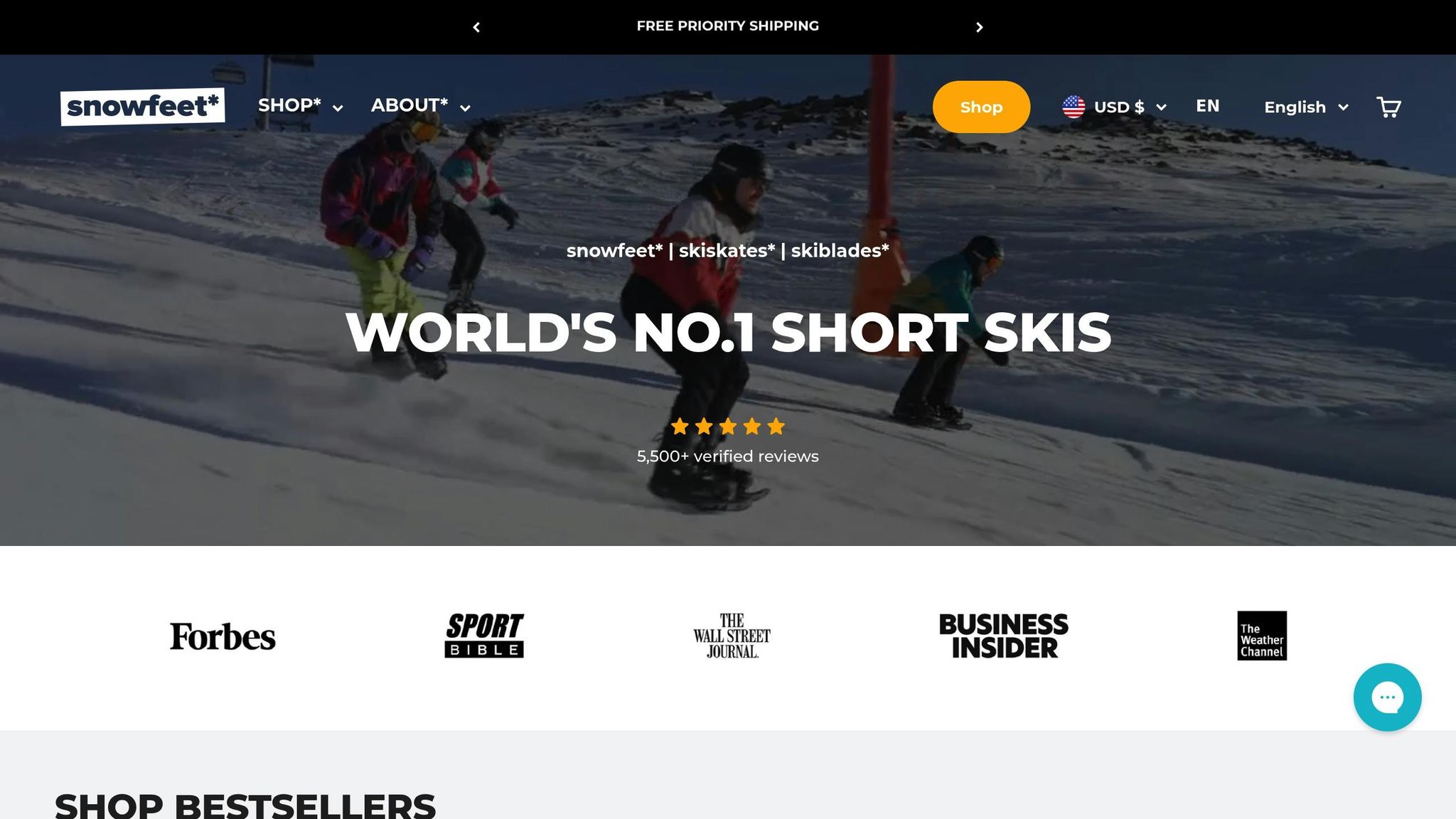
The Snowfeet* Skiblades (65 cm) are the shortest in their lineup, measuring just 25.6 inches. This compact size delivers incredible agility, making them a dream for park skiing enthusiasts. Think of them as the snow equivalent of inline skates - perfect for tight turns and quick maneuvers. Here’s a closer look at what makes the 65 cm model stand out.
Price
With a starting price of $450, these skiblades pack a lot of fun without the need for extra gear. Their compact design doesn’t just enhance performance - it also simplifies your skiing setup.
Portability
Weighing in at less than half the length of regular freestyle skis, the 65 cm Snowfeet* skiblades are super easy to carry. Toss them in a backpack or sling them under your arm, and you’re good to go. No more struggling with bulky skis - these are made for convenience.
Performance in Parks
Designed to mimic the feel of inline skates, these skiblades are perfect for pulling off twists and tricks that can be tricky with longer skis. Their short length makes quick direction changes a breeze, which is a huge plus in snowparks. With a 3.7 out of 5-star rating on Amazon from 31 reviews, users often highlight how fun and beginner-friendly they are. Many even mention how easy it is to switch from snowboarding to skiing with these skiblades. Their size makes them less intimidating, giving you the confidence to try new tricks or navigate busy park terrain like a pro.
Durability
Don’t let their size fool you - these skiblades are built to last. Made with premium materials like wood, aluminum, and carbon fiber (the same stuff used in full-length skis), they’re tough enough to handle the bumps, jumps, and impacts of freestyle skiing. Compact yet sturdy, they’re ready for whatever the park throws at you.
2. Snowfeet* Skiblades (99 cm)
The Snowfeet* Skiblades (99 cm) strike a great balance between stability and agility, offering more control than the shorter 65 cm model while staying more nimble than traditional skis. At 39 inches long, they’re designed to give you a mix of maneuverability and control that works well in various conditions. Let’s break down their price, performance, portability, and durability.
Price
With a price tag of $490, these skiblades are on the higher end, but the added versatility and performance make them worth considering.
Performance in Parks
These 99 cm skiblades shine in the park. They make quick turns easy, recover smoothly, and handle dynamic tricks better than traditional skis that focus more on speed and stability. Unlike models from brands like Rossignol or Atomic, which often prioritize speed and control, these skiblades are all about fun and adaptability. They perform well on groomed runs, moguls, and in terrain parks. Plus, they come equipped with release bindings for added safety.
Portability
At just over 3 feet long, these skiblades are compact enough to fit in most car trunks. They’re also lighter than standard park skis, making them easier to carry around.
Durability
Built with high-quality materials, these skiblades are tough enough to handle the wear and tear of park skiing, carving, and even powder runs. They’re also compatible with both ski and snowboard boots, making them a solid option for anyone who likes to switch between the two sports.
3. Snowfeet* Short Skis (120 cm)
Snowfeet* is changing the game in park skiing with its compact short ski design, offering a refreshing alternative to bulkier traditional skis. The Snowfeet* Short Skis (120 cm) are the longest in their lineup, but they still pack all the benefits of a compact design. Measuring just under 4 feet, they strike a great balance between the stability of traditional park skis and the agility of smaller skiblades. This clever design makes them versatile, combining portability with the kind of performance you'd expect from premium park skis.
Price
At $690, these skis sit at the top of Snowfeet's lineup, showcasing the brand's cutting-edge approach to short skis. When compared to traditional models from brands like Head or Elan, which often come with a much steeper price tag for similar features, they offer a competitive option for freestyle enthusiasts.
Performance in Parks
These 120 cm skis are built for fun and agility. Their shorter length makes them incredibly responsive, perfect for quick directional changes - something longer skis often struggle with. They shine in terrain parks and moguls, where their playful design allows for sharp control and smooth maneuverability. While brands like Rossignol and Atomic focus heavily on high-speed stability, Snowfeet* prioritizes nimbleness, giving you the edge in freestyle and park settings.
Portability
Despite being the largest in the Snowfeet lineup, the 120 cm model is still far easier to carry and store than traditional skis, which typically range from 150–180 cm.
"Think of Snowfeet as skates for snow - they're lightweight, portable, and easy to attach to your winter boots. One of their biggest selling points? You can fit them in a standard backpack and take them wherever your adventure leads, from sledding hills to snowy trails or ski resorts."
This portability makes the 120 cm model a convenient choice for skiers who value ease of transport without sacrificing performance.
Durability
Portability doesn’t come at the expense of durability. These skis are built to handle the rigors of park skiing, from rail slides to jumps, without compromising flexibility. Snowfeet* uses high-quality materials to ensure durability, standing up to impacts and wear that could quickly damage entry-level models. Whether you're landing tricks or carving through moguls, these skis are designed to last.
sbb-itb-17ade95
4. Rossignol Freestyle Skis (Entry-Level Model)
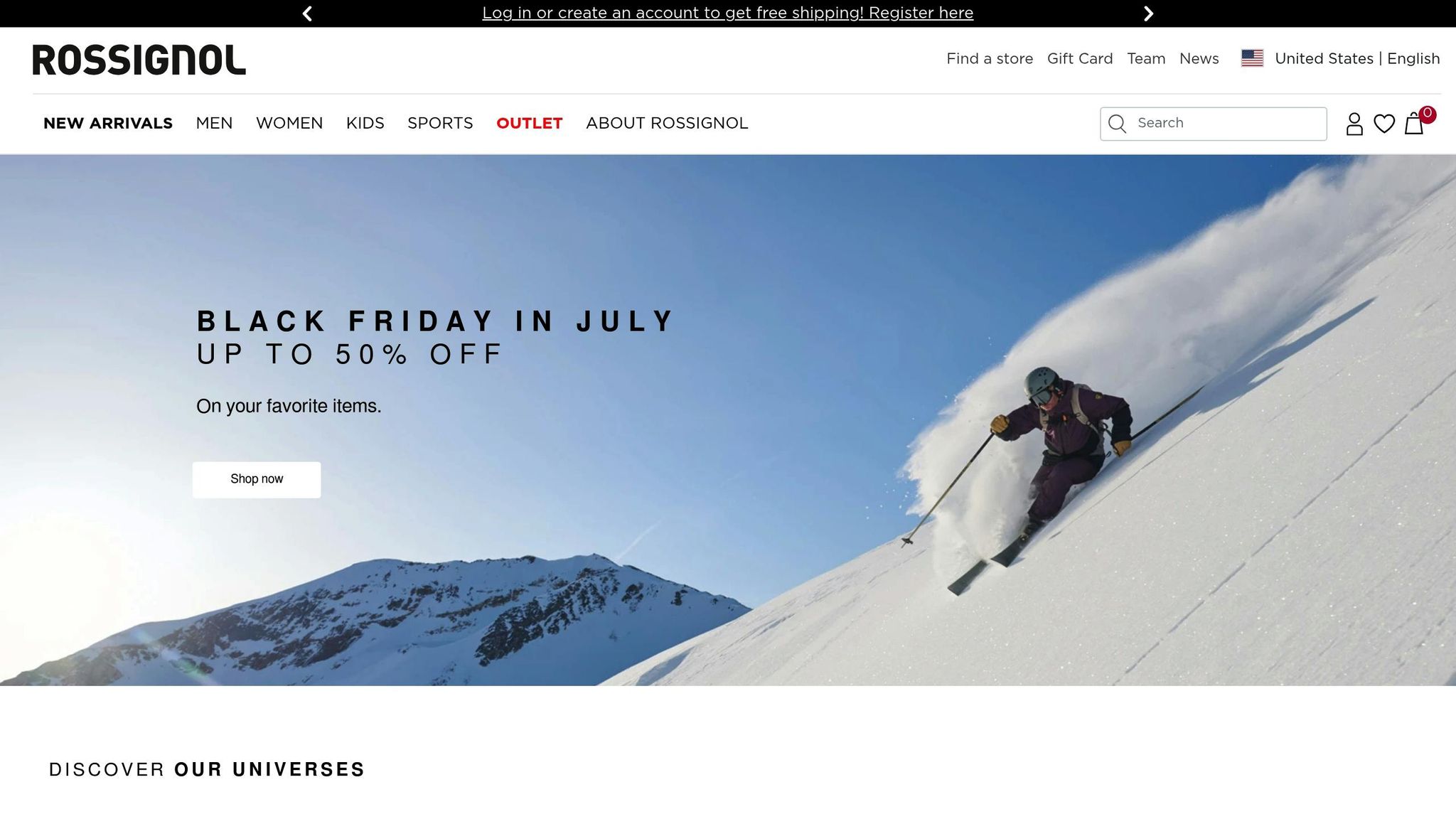
Rossignol has been a trusted name in skiing for years, known for its reliable craftsmanship. Their entry-level freestyle skis stick to traditional designs and construction, catering to a range of skiing styles. While they handle open slopes and higher speeds well, they fall short when it comes to the quick, playful movements needed for modern terrain park tricks.
Price
Rossignol's entry-level freestyle skis come with a price tag that exceeds a $300 budget. For example, the Experience 78 Ca with Xpress 11 Bindings retails for $550, and the Sender 90 Pro with Xpress 10 Bindings costs $480. Even the more affordable Kid's Experience W Pro Skis with Bindings are priced at $207.97, but you'll still need additional gear, which drives the overall cost even higher. On the other hand, Snowfeet* products work seamlessly with your existing winter boots, eliminating the need for expensive bindings or extra equipment. This makes Snowfeet* a far more wallet-friendly option for park enthusiasts.
Performance in Parks
Rossignol's entry-level freestyle skis are built with rocker profiles and varying waist widths, which are great for stability and carving on traditional slopes. However, they lack the agility needed for terrain parks, where quick pivots and playful movements are key. Snowfeet*, with their shorter and more nimble design, are specifically engineered for park performance. They let you pull off those fast turns and tricks that Rossignol’s stability-focused skis just can’t match.
Portability
Rossignol skis, with their integrated bindings and larger size, can be bulky and inconvenient to transport. You’ll often need roof racks or oversized bags to carry them around. In comparison, Snowfeet* products are compact and lightweight, designed to fit in a backpack and work with your regular winter boots. This portability makes them perfect for spontaneous park sessions, giving them a clear edge over Rossignol for skiers on the move.
5. Atomic Park Skis (Budget Option)
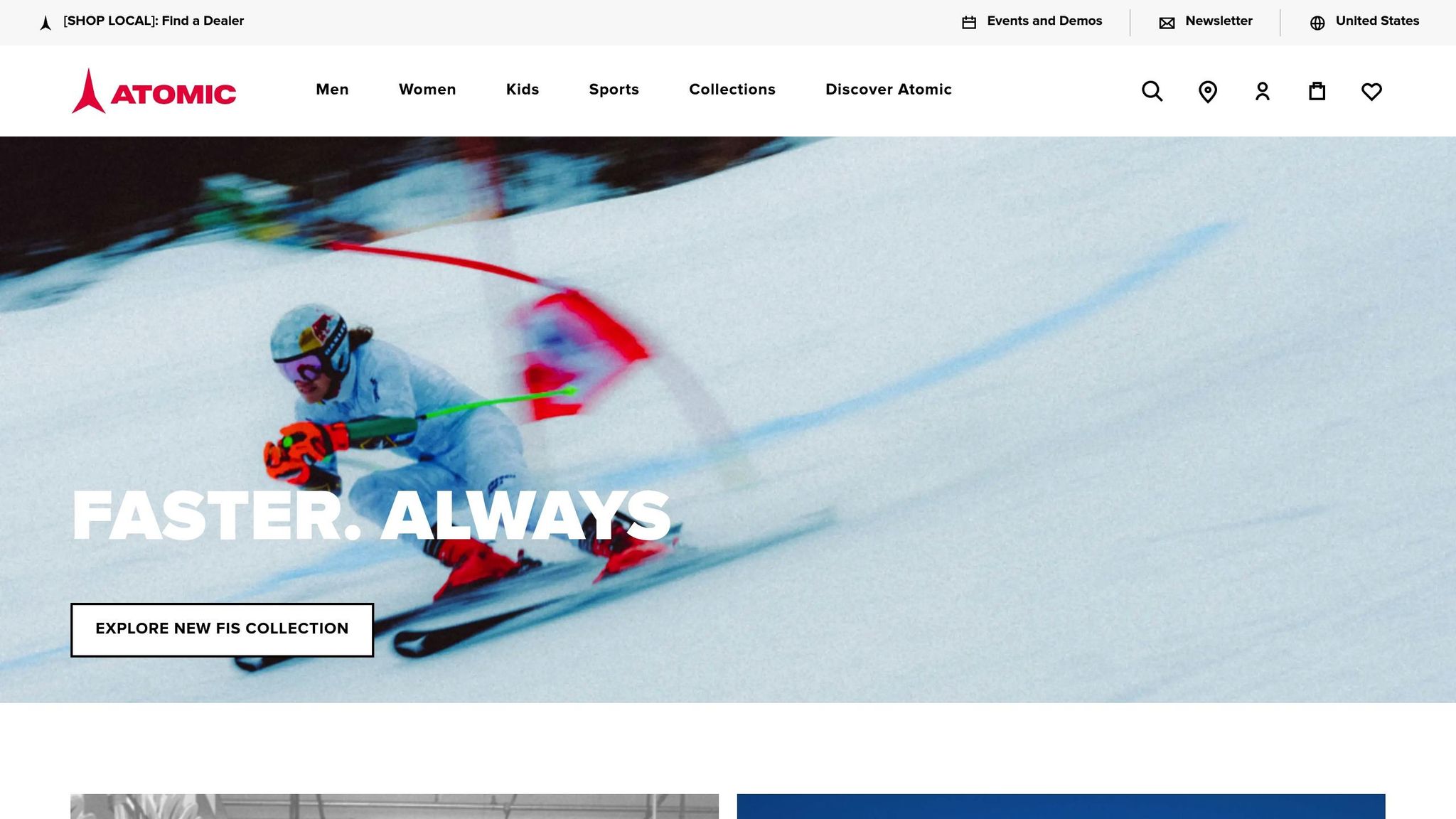
Atomic’s park skis, especially the Bent series, have earned a reputation among freestyle skiers for their performance and affordability. But how do they stack up against Snowfeet*’s all-in-one design? Let’s break it down by price, performance, portability, and durability.
Price
Atomic offers a range of budget-friendly options. For instance, the Atomic Bent Chetler Mini Skis are currently discounted to $244.96 (originally $349.95). The Atomic Redster G9 is marked down to $199.97 (from $399.95), and the Atomic Vantage 75 R skis are priced at $99.00. However, these prices only cover the skis - you’ll still need bindings, boots, and other gear. Snowfeet*, on the other hand, works seamlessly with your regular winter boots, making it a more inclusive option right out of the box.
Performance in Parks
Atomic’s park skis, like the Bent 85 and Bent 90, are designed with freestyle skiing in mind. The Bent 90, for example, features a traditional design focused on durability and float. While these skis excel in stability, their longer lengths (150–175 cm) can make quick turns and creative tricks more challenging. Snowfeet*, with their compact and nimble design, allow for sharp pivots and playful moves that are perfect for modern terrain parks. The shorter profile of Snowfeet* products gives them a clear edge when it comes to agility and maneuverability.
Portability
Even Atomic’s shortest skis, at around 150 cm, require significant storage space and are cumbersome to transport. Add bindings and boots into the mix, and spontaneous trips to the slopes turn into a logistical challenge. Snowfeet*, at just 44 cm, fit neatly into a backpack, making them easy to carry and perfect for last-minute park sessions.
Durability
Atomic skis are built tough. With reinforced sidewalls, durable edges, and high-quality Austrian manufacturing, they’re made to withstand the wear and tear of rails, jumps, and boxes. However, this heavy-duty construction adds weight, which can limit maneuverability. Snowfeet* products, by contrast, are designed with a focus on lightweight agility. They also minimize stress points and absorb impacts effectively, which can extend their lifespan during intense park use. While Atomic skis meet traditional durability standards, Snowfeet* stands out for combining durability with lightweight performance and convenience.
Pros and Cons Comparison
Let’s break down the key features and trade-offs for park skiing options, based on the detailed reviews above. This will help you weigh the benefits and limitations of each choice.
First up, Snowfeet*. These skiblades are all about portability and agility. The smallest model is just 26 inches (about 65 cm) - small enough to toss in a backpack for those last-minute trips. Plus, they work with your regular winter boots, so you don’t need to invest in pricey ski-specific footwear.
When it comes to park performance, Snowfeet* skiblades shine. Their compact size makes them perfect for sharp turns and quick tricks, offering a nimble, skateboard-like experience that traditional skis can’t quite match. However, traditional park skis - like those from Atomic and Rossignol - offer better stability at high speeds, which is their strong suit, though they lose some of that playful agility.
Durability is another point of comparison. Traditional skis are built tough, with reinforced sidewalls and heavy-duty construction designed to handle aggressive park use. But with that durability comes added weight, which can make long sessions more tiring. Snowfeet*, on the other hand, are lightweight and absorb impacts well, thanks to their shorter design, which puts less stress on the material.
Now, let’s talk numbers. Snowfeet* skiblades start at $450 for the 65 cm model, offering a streamlined, all-in-one solution. Here’s a quick side-by-side comparison:
| Feature | Snowfeet* Skiblades | Rossignol Entry-Level | Atomic Budget Options |
|---|---|---|---|
| Price Range | $450–$690 | $180–$250 + gear | $99–$245 + gear |
| Total Setup Cost | $450–$690 | $500–$750 | $450–$725 |
| Length | 26–47 inches | 59–69 inches | 59–69 inches |
| Weight | Lightweight | Medium-heavy | Medium-heavy |
| Boot Compatibility | Winter boots | Ski boots only | Ski boots only |
| Portability | Backpack-friendly | Requires roof rack | Requires roof rack |
| Learning Curve | Minimal | Moderate | Moderate |
| Park Agility | Excellent | Good | Good |
| High-Speed Stability | Limited | Excellent | Excellent |
Each option has its pros and cons. Snowfeet* skiblades are all about fun, accessibility, and ease of use. But they’re not built for high-speed carving or deep powder days. Traditional park skis, on the other hand, excel at stability and carving but come with a steeper learning curve and higher costs.
Speaking of learning curves, Snowfeet* products are beginner-friendly. You can hit the slopes with minimal prep - no mastering edge control or dealing with complex bindings. This makes them a great pick for casual skiers or anyone introducing friends to the sport. Traditional skis, while rewarding for experienced users, require more time to get the hang of.
Another factor to consider is resort acceptance. Most ski resorts in Europe and the U.S. allow Snowfeet* products, though occasionally you might need lift operator approval. Traditional skis don’t face these hurdles but can feel intimidating to beginners.
In short, if your priority is agility, portability, and instant fun, Snowfeet* skiblades are hard to beat. But if you’re after high-speed stability and classic alpine performance, traditional park skis from brands like Rossignol and Atomic remain a solid - but more complex - choice. This sets the stage for the final recommendations.
Final Recommendations
Snowfeet* skiblades are a fantastic choice for park skiers who want performance without breaking the bank. While big-name brands like Rossignol and Atomic often push total costs to $500–$750, Snowfeet* offers a more affordable and complete solution. Here's how to pick the right model for your skill level:
For Beginners: The Snowfeet Skiblades (65 cm)*, priced at $550 and rated 4.98/5 from 95 reviews, strike an excellent balance between control and fun. According to the Snowfeet team, "Shorter skis are easier to control, turn and stop, which makes them great for beginners" [24,25]. At 65 cm (about 26 inches), these skiblades give you enough length to ski while staying short enough to skate. They’re perfect for building confidence and mastering the basics of park skiing.
For Intermediate Skiers: The Snowfeet Skiblades (99 cm)*, priced at $490 and boasting a flawless 5.0/5 rating from 33 reviews, are designed for tackling soft, deep snow. The added length provides more stability as you progress, without sacrificing the agility needed for park tricks. If you're ready to take your skills to the next level, these skiblades are a solid choice.
For Advanced Park Enthusiasts: The Snowfeet Short Skis (120 cm)*, available for $690, deliver high performance and precision. Their handmade European construction, crafted from sustainable wood [24,25], ensures durability while keeping the weight down. These skis offer the maneuverability advanced riders demand, making them ideal for pulling off challenging tricks. Plus, Snowfeet* skiblades are compatible with your regular winter footwear, so you won’t need specialized ski boots. This makes them super portable for spontaneous park sessions or travel adventures.
Whether you're just starting out or fine-tuning your park skills, Snowfeet* has you covered!
FAQs
How do Snowfeet* skiblades perform compared to traditional skis in terrain parks?
Snowfeet* skiblades are a game-changer for terrain park enthusiasts. With their shorter length (65-120 cm) and lightweight build, they’re super nimble and easy to handle. This makes quick edge changes and pulling off tricks feel almost effortless - ideal for freestyle skiers who thrive on technical moves and creative lines.
On the flip side, traditional skis, which usually measure 150-200+ cm, are all about stability and speed. While they’re great for carving and flying down the slopes, they’re not exactly the best choice for sharp, precise moves in the park. Snowfeet* skiblades offer a fresh, fun, and budget-friendly option for riders who want to push boundaries in freestyle settings without breaking the bank.
Can I use regular winter boots with Snowfeet* skiblades, and will it affect their performance?
Yes, you can wear your regular winter boots with Snowfeet* skiblades, as long as they’re waterproof and offer solid ankle support. This combo ensures a snug fit, giving you the control and comfort you need to glide down the slopes with confidence. Unlike traditional skis that require specialized ski boots, Snowfeet* skiblades are designed to work with everyday footwear, making them a super convenient option for freestyle skiing fans.
Sticking with your winter boots isn’t just practical - it’s a money-saver too. Plus, it adds to the portability and simplicity that Snowfeet* is all about. Just make sure your boots fit well and keep your feet warm and dry for the best experience out there.
How do I choose the best Snowfeet* model for my skill level and skiing style?
Choosing the right Snowfeet* model is all about matching it to your skill level and how you like to ski. If you’re a beginner, shorter and more flexible skiboards are your best bet. They’re easier to control and much more forgiving if you’re still finding your balance. On the flip side, advanced skiers might want to opt for longer, stiffer models that offer better stability and precision for more technical runs.
Your skiing style matters too. Love quick, sharp turns? Go for a shorter model. If you’re all about speed and those wide, smooth turns, a longer model will suit you better. Picking a model that fits your experience and preferred terrain means you’ll have the best time - and get the most out of your Snowfeet* adventure.





















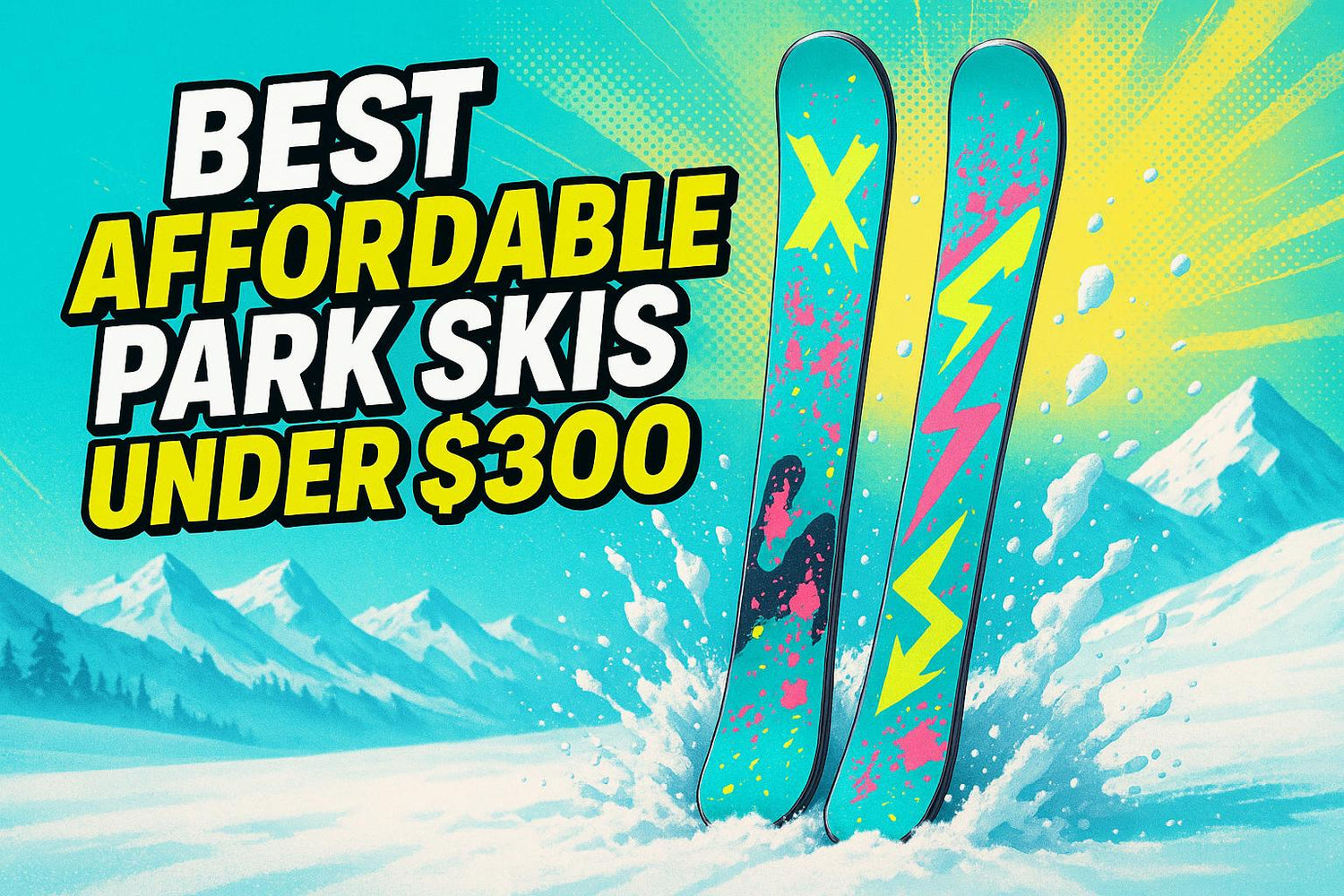
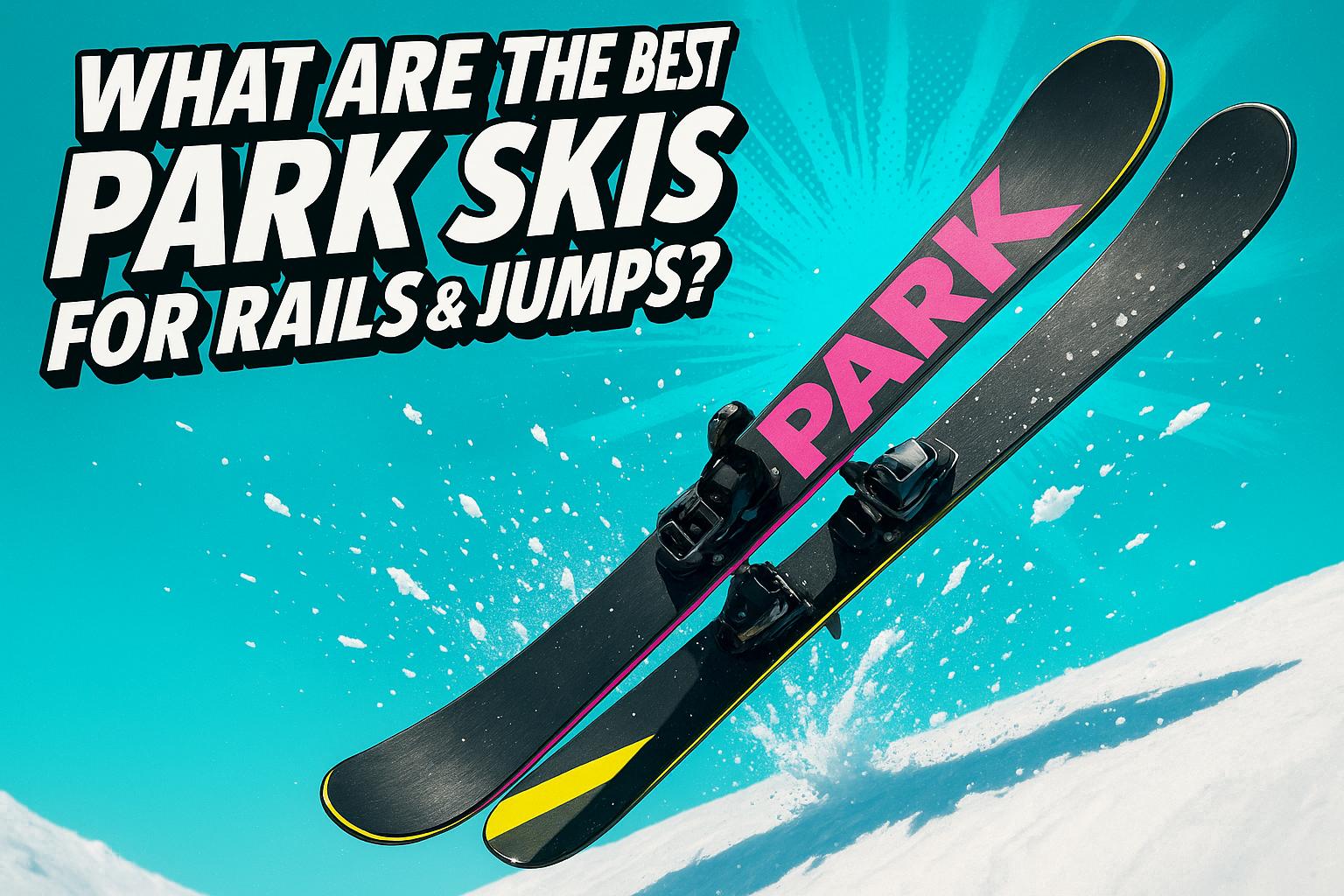
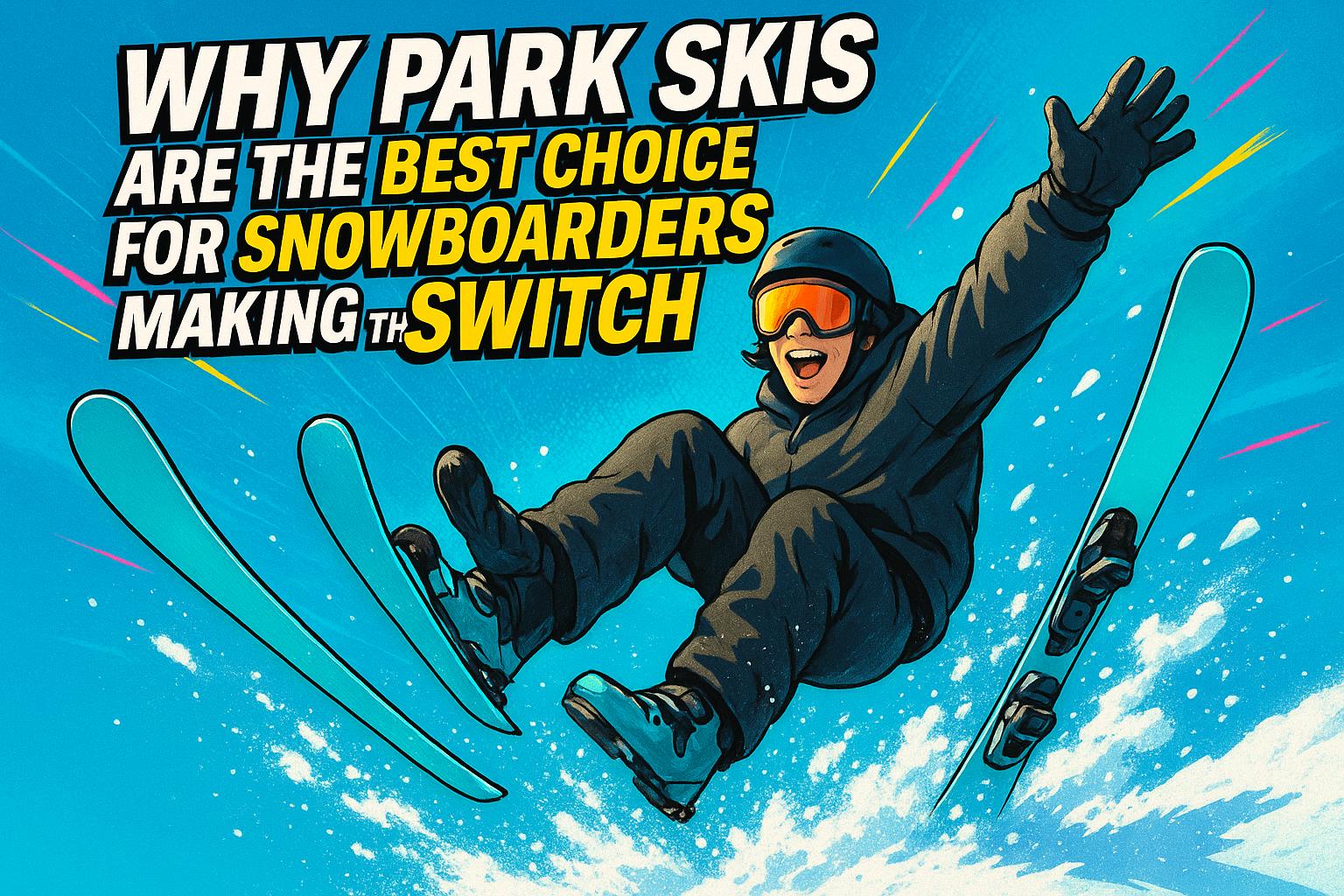










Leave a comment
This site is protected by hCaptcha and the hCaptcha Privacy Policy and Terms of Service apply.